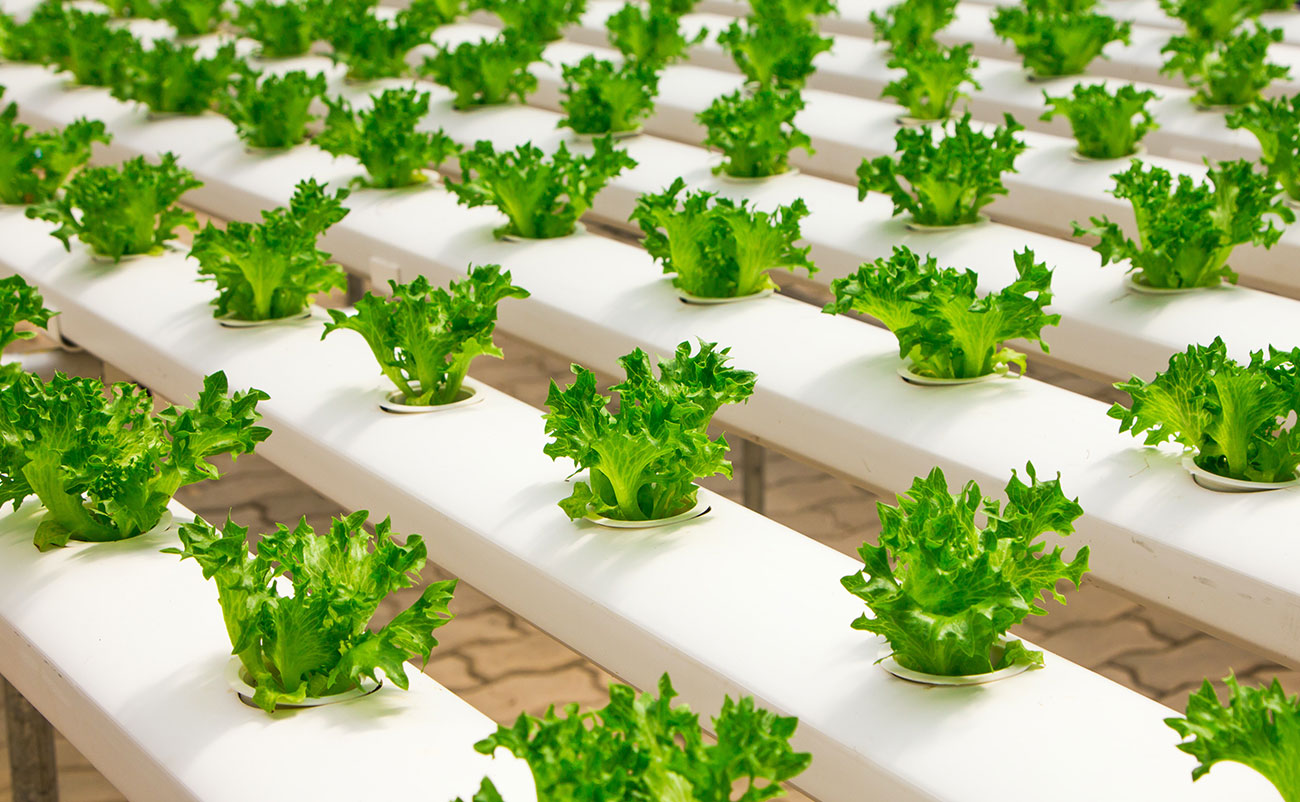
All About Hydroponics: Definition of Hydroponics
Most of us are used to seeing plants grown in fields and in gardens in our backyards. But do you know that plants can be grown and do well without soil? This technique is known as hydroponics.
As revolutionary as it sounds, hydroponics isn’t something new. A few civilizations used it centuries ago. And a significant number of growers in the modern world are embracing it. It is derived from two Greek words – ‘hydro’ meaning water and ‘ponos’ meaning ‘toil’. This roughly translates to ‘working water’. Hydroponics is the growing of plants using only water and nutrients. Learn more here.
Nutrient rich mediums such as peat moss, vermiculite, clay pellets, perlite, and rockwool are used to provide support to the roots. Typically, a process called photosynthesis is involved in the growth of plants. In the process, sunlight and a chemical known as chlorophyll in plant leaves are used to convert water and carbon dioxide into oxygen and glucose.
How To Grow Hydroponics
The main reason for building a hydroponics system is to allow the direct interaction of plant roots and the nutrient solution. Plants will also require oxygen supply — a vital factor in their growth.
Plants can be grown hydroponically in various ways. A hydroponic system is made up of three main parts. The first is a container that holds the growing plants. Normally, a nutrient filled medium supplies the roots with nutrients.
The second part of the system is a sump tank for holding and mixing nutrients. Last but not least, a pump to supply water. The size of the system determines the size of the pump.
Standard Hydroponic Equipment
In this section, we are going to look at 2 types of hydroponic systems, and how you can grow plants using them. Let’s dive in:
Water culture system — this is great for beginners. You’ll need an air stone and pump, drill, rotary tool, and a grow light. First, create a reservoir and fill it with nutrient-enriched water. The plants will be placed on a styrofoam platform and will float on the nutrient solution.
To aerate, place the air stone in the water and connect it to an air pump outside the reservoir. When air is pushed through the stone, bubbles of oxygen get into the water solution. Ensure that roots are in direct contact with water in the reservoir. If you’re not using sunlight, set up a grow light. You can use either fluorescent or incandescent light fixtures.
Nutrient Film Technique (NFT) — tools needed for this method are; two tubes (for filling and draining), rotary tool, air stone and pump, and one submersible pump.
Here, the nutrient-rich solution flows constantly through the growing tray. Plant roots are suspended in the air allowing them to absorb enough oxygen. You may set up a light fixture if you want.
Other techniques include: the wick system, ebb and flow system, and aeroponic system.
Benefits of Hydroponics
- Yields are usually around 30% greater than plants grown in the soil as roots are in direct contact with the nutrients. They don’t need complex root systems so the upper part of the plant (stem, leaves) grows faster.
- The small roots mean you can grow more plants, even in a small area.
- Plants can be grown all year round.
- Little trouble with pests/diseases.
- You will use a low amount of water considering that plants are normally grown indoors which means less evaporation.
- It’s more hygienic.
Click here for more information.
Hydroponics and CBD
Today, CBD products are more popular than ever. Recent studies have revealed that CBD, one of compounds in the cannabis plant has therapeutic properties. It is already being used to treat a vast array of diseases such as multiple sclerosis and depression with positive results. Click here to discover more.
CBD products such as gummies and dabs are easily accessible. The huge demand means that growers have to triple their efforts. But quality matters. Many people still grow hemp outdoors and give it less attention. This results in not only lower produce but also reduced potency.
A hydroponics system enables the growing of hemp under controlled conditions. This way, the plant stays healthy and matures faster. Production becomes more consistent. Breeding techniques can be used to create strains with more CBD. Terpene profiles of such strains are normally richer and this means pleasant scents – something most CBD users seek.
A hydroponics system greatly reduces costs associated with labour, energy, fertilizer, and water. Considering that the CBD industry is still unregulated, adopting hydroponics is a step in the right direction — it ensures production of high quality hemp.

